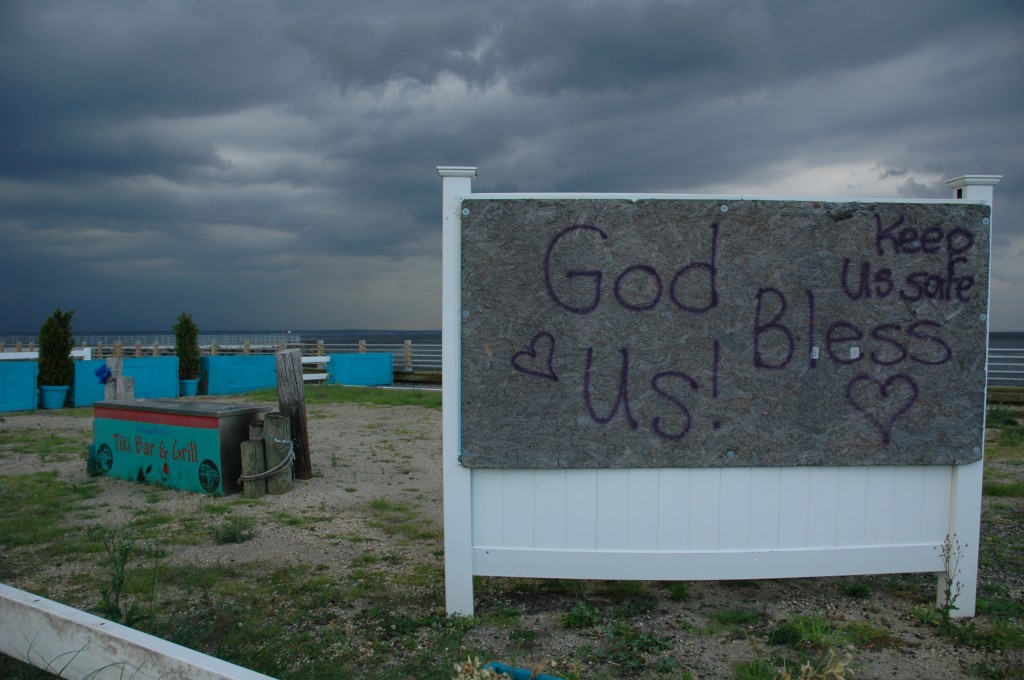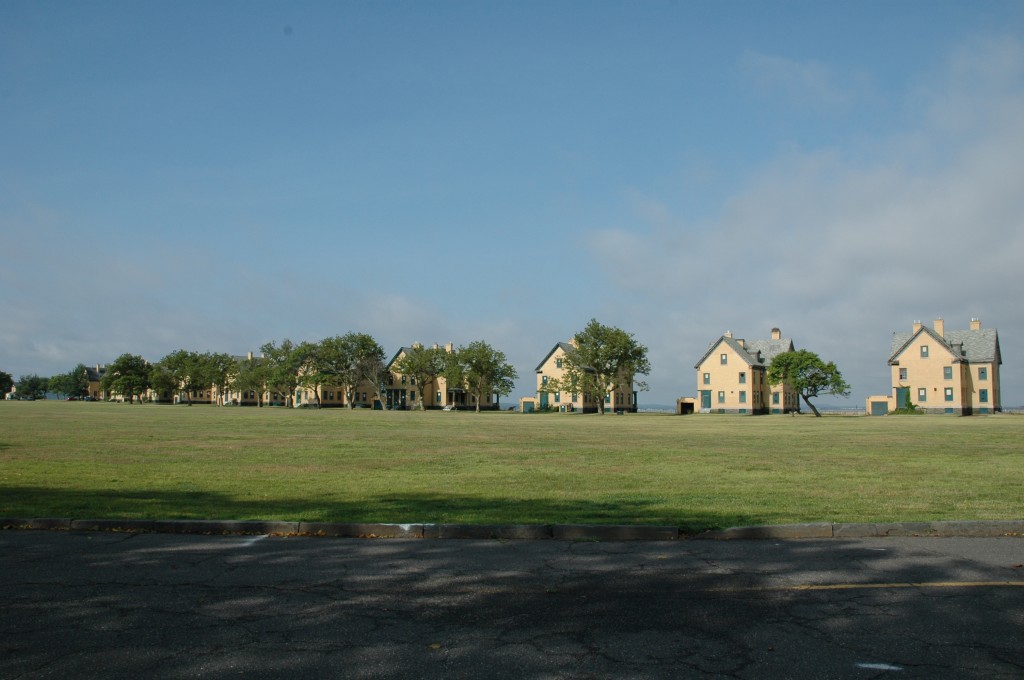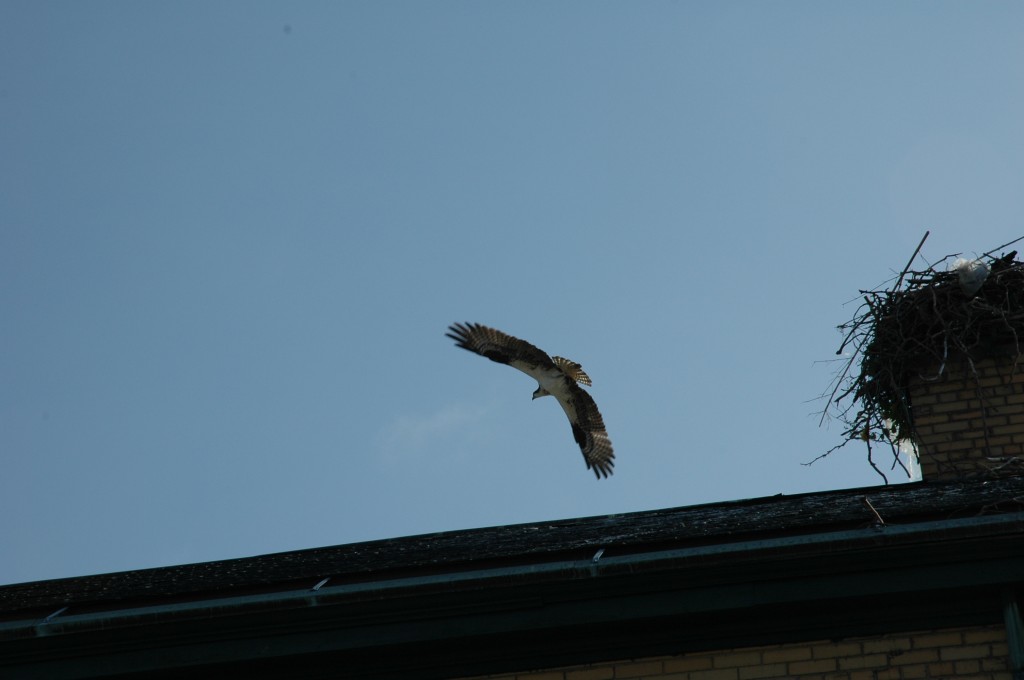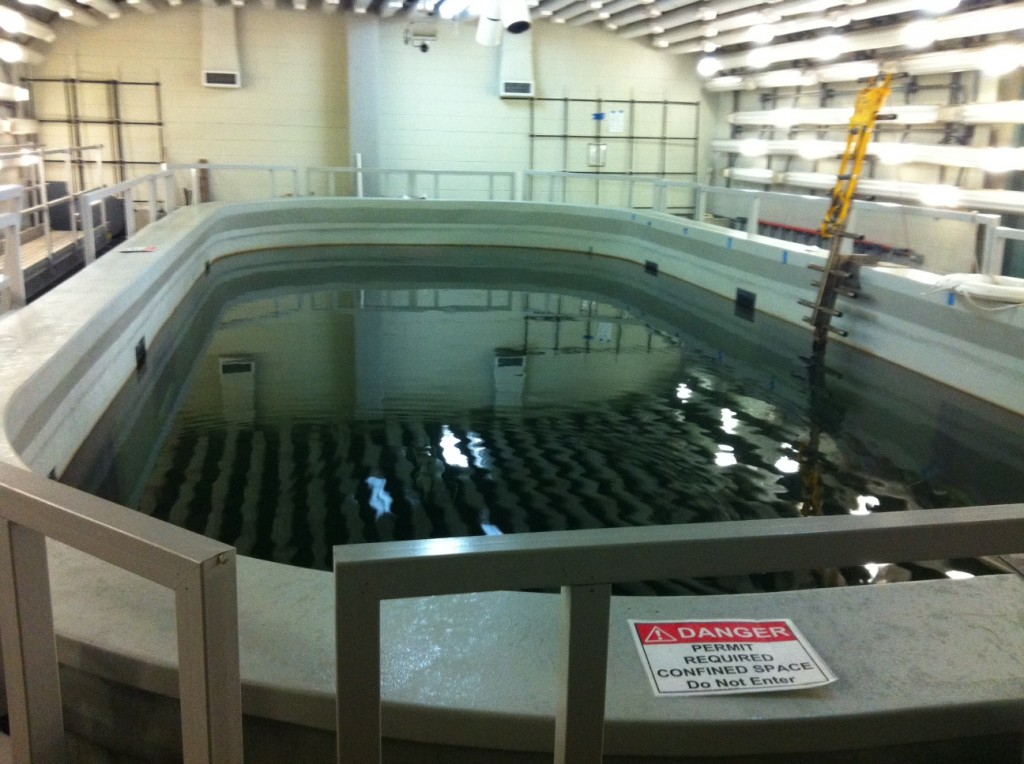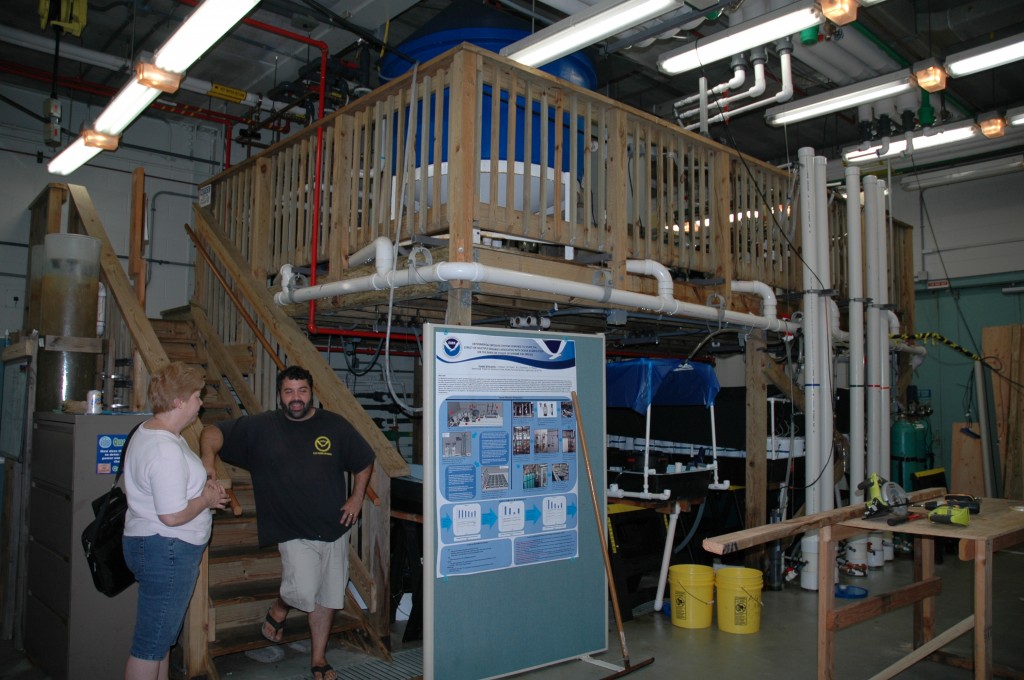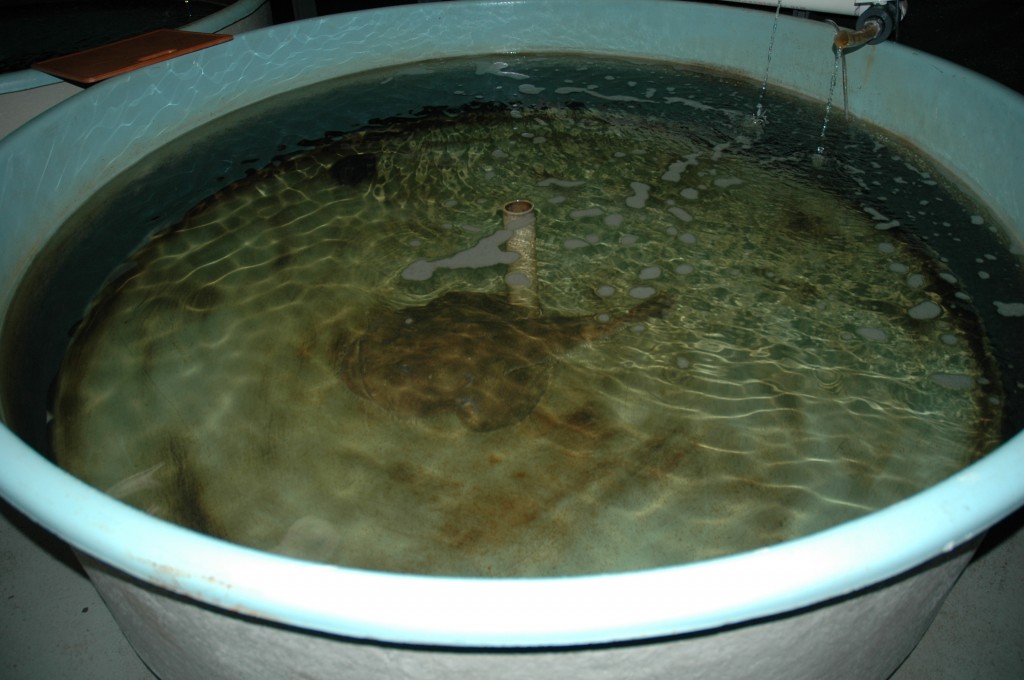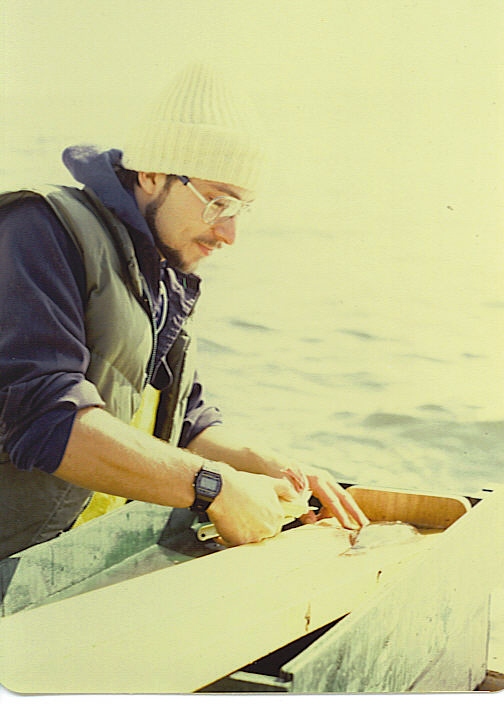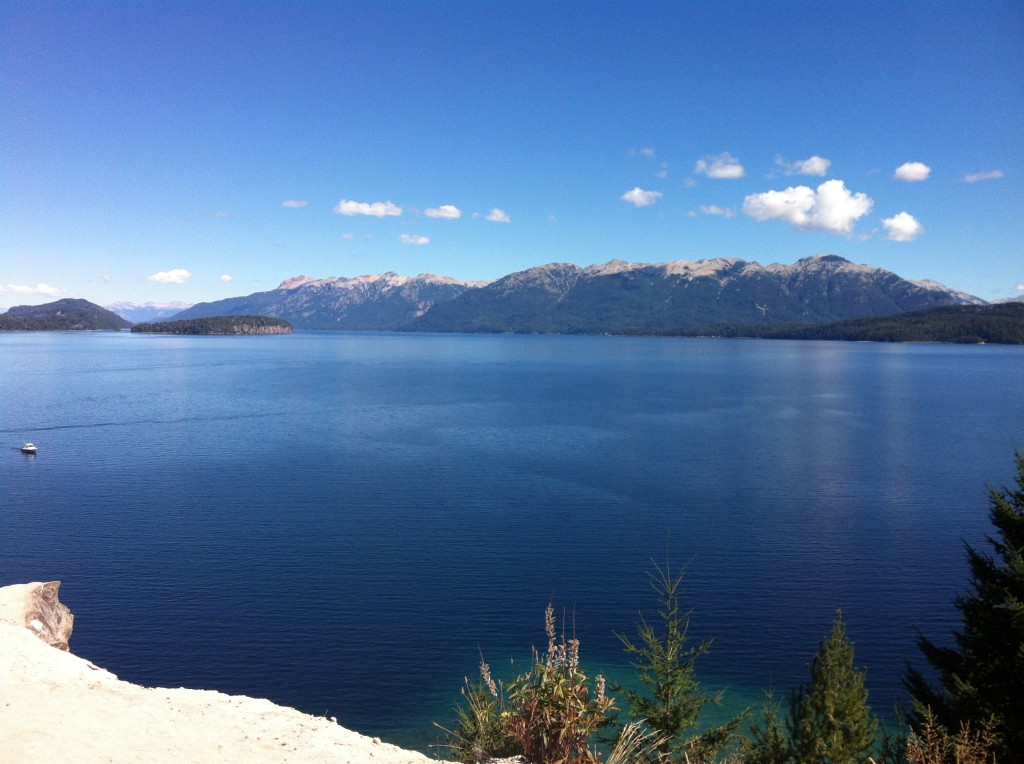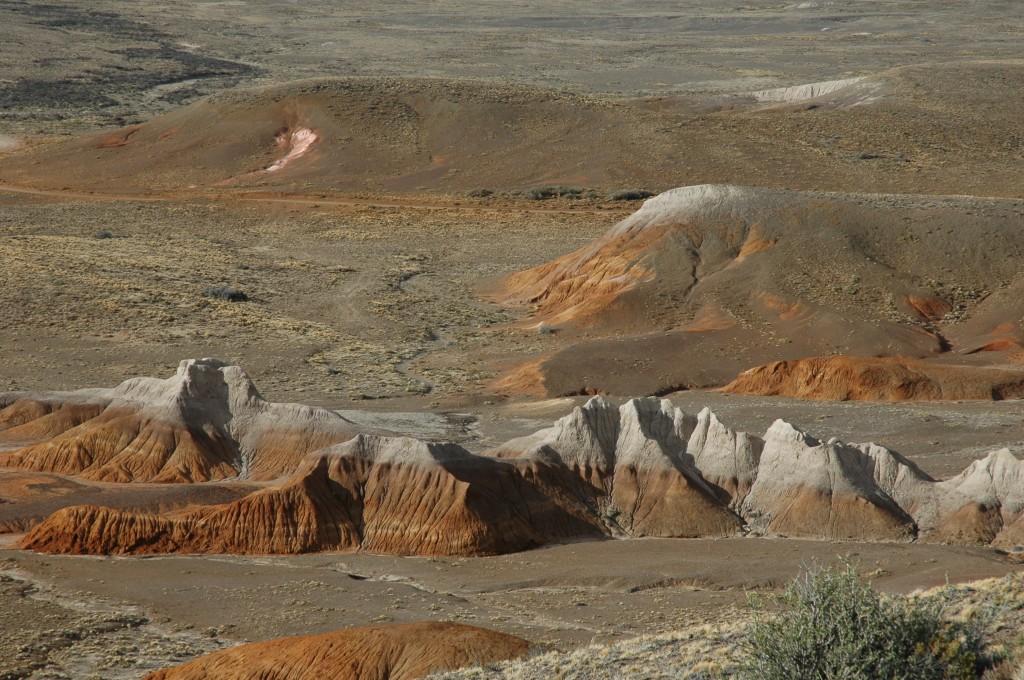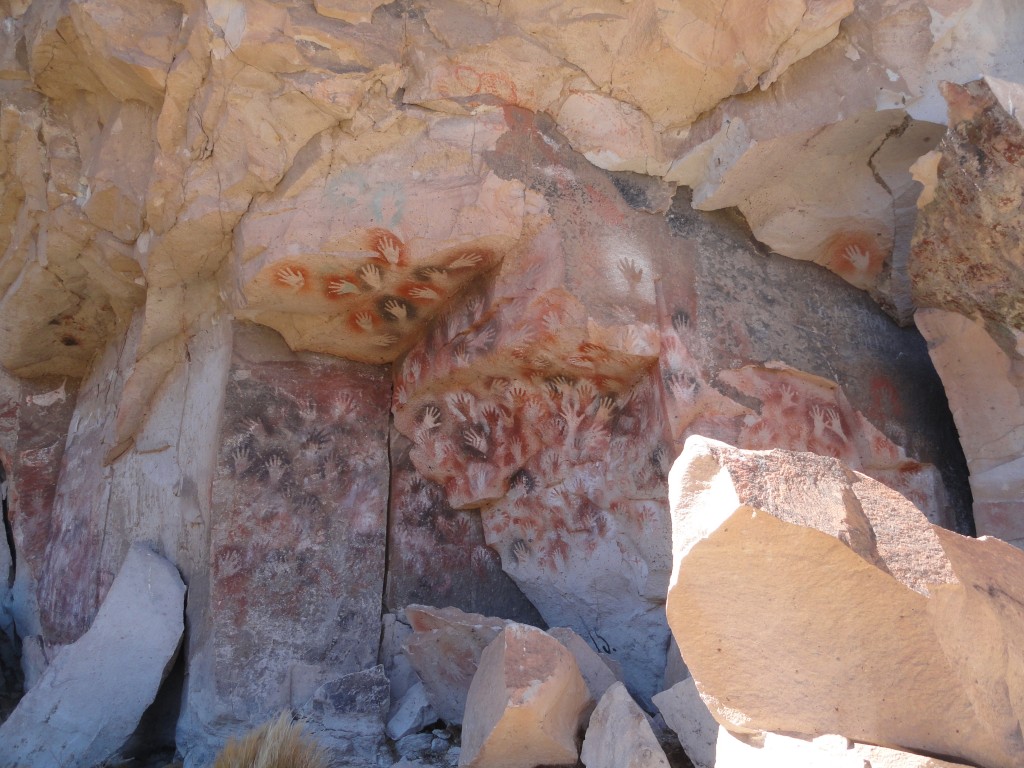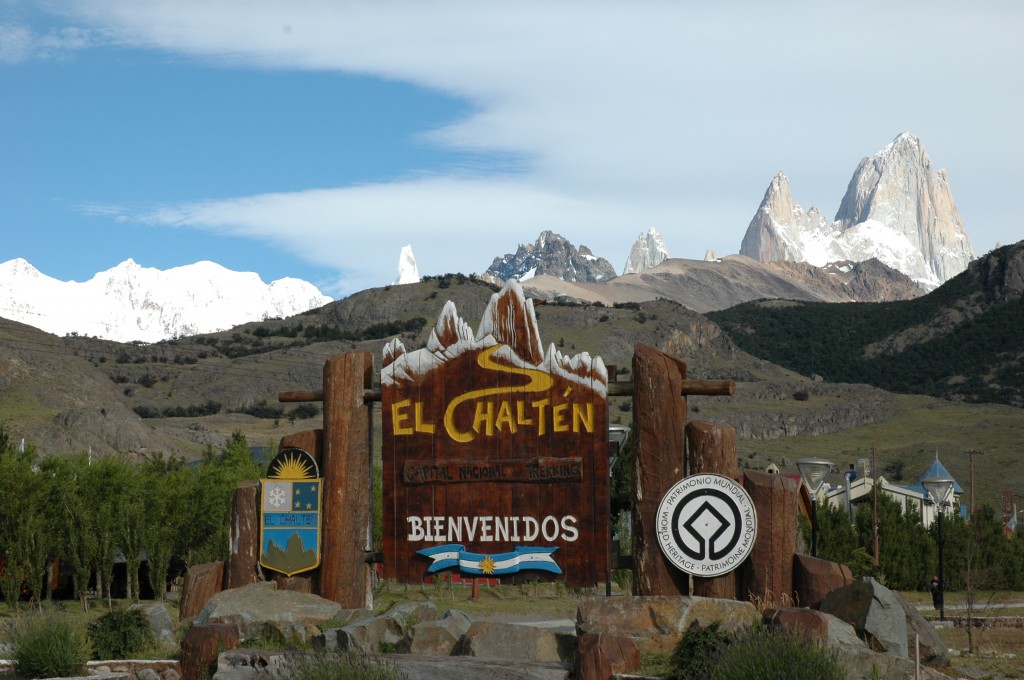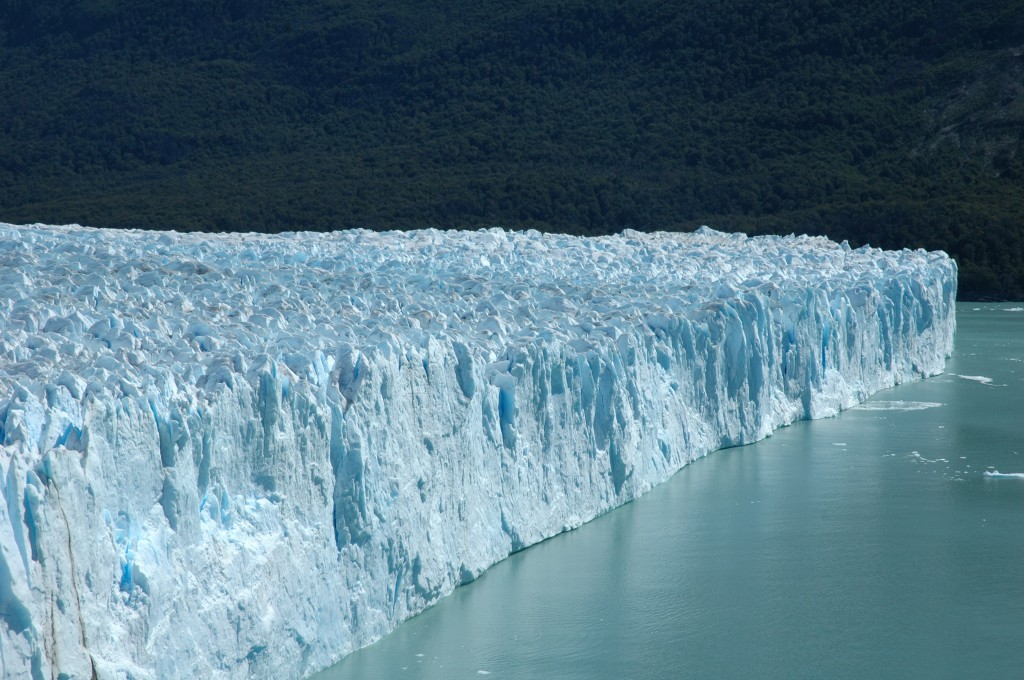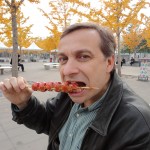The annual holiday season brings many recurring events – reflections on the year gone by, get-togethers with family and friends, and the inevitable gaining of a few extra pounds. It’s a busy time of year, but science and sushi continues unabated. In case you missed it, here’s a quick recap:
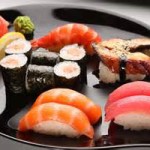 Hot White Snow featured two articles. Dreaming of Sushi reflects on a documentary about Jiro Ono, an octogenarian sushi master, whose exclusive restaurant in the Ginza is tops on my list next time I’m in Tokyo. That We Here Highly Resolve, inspired by Abraham Lincoln’s famous words in the Gettysburg Address, takes a look back at New Year’s resolutions…and a look forward to future plans.
Hot White Snow featured two articles. Dreaming of Sushi reflects on a documentary about Jiro Ono, an octogenarian sushi master, whose exclusive restaurant in the Ginza is tops on my list next time I’m in Tokyo. That We Here Highly Resolve, inspired by Abraham Lincoln’s famous words in the Gettysburg Address, takes a look back at New Year’s resolutions…and a look forward to future plans.
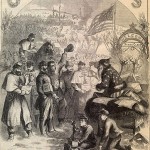 Lincoln’s Christmas gift – and the role of Santa Claus in Civil War propaganda – get some attention on the Smithsonian Civil War Studies online newsletter and here in Science Traveler. The gift – a coastal city in the South. The propaganda – Thomas Nast introduces the version of the jolly old elf that we’ve come to know so well today.
Lincoln’s Christmas gift – and the role of Santa Claus in Civil War propaganda – get some attention on the Smithsonian Civil War Studies online newsletter and here in Science Traveler. The gift – a coastal city in the South. The propaganda – Thomas Nast introduces the version of the jolly old elf that we’ve come to know so well today.
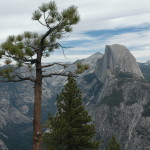
Abraham Lincoln also played an important role in another icon of American history – the establishment of Yosemite National Park. Set aside by Lincoln in 1864, the Yosemite Grant provided federal protection for Yosemite Valley and the Mariposa Grove. Initially run by the new state of California, Yosemite later became a National Park through the efforts of John Muir and Robert Underwood Johnson.
You might recognize that last name. This is the same Robert Underwood Johnson who, as editor of Century Magazine, published the first serialization of Lincoln’s life by John Nicolay and John Hay. Johnson would also become close friends with a certain Nikola Tesla (as would Muir).
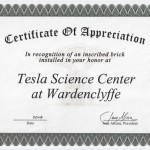 Which gets us to Tesla in 2014 and Beyond. Nikola Tesla had a great year, including major progress on the rejuvenation of Wardenclyffe into a science center and museum. Science Traveler will be right there under your feet as you stroll the grounds after renovations are completed. Yes, I bought a brick for Nik. And you can too. You can also join Tesla fans and researchers at the 3rd Annual Tesla Memorial Conference coming up on January 11th in the New Yorker Hotel.
Which gets us to Tesla in 2014 and Beyond. Nikola Tesla had a great year, including major progress on the rejuvenation of Wardenclyffe into a science center and museum. Science Traveler will be right there under your feet as you stroll the grounds after renovations are completed. Yes, I bought a brick for Nik. And you can too. You can also join Tesla fans and researchers at the 3rd Annual Tesla Memorial Conference coming up on January 11th in the New Yorker Hotel.
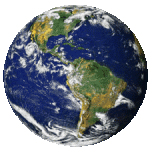 Climate Change got its own 2014 Year in Review on The Dake Page. It was a busy year indeed for the climate, with several major reports updated, some tentative but forward-looking gains made, and a historic agreement between China and the U.S., the two biggest carbon emitters across the globe. Ah, but major roadblocks still exist, not the least of which is how the media actually helps keep climate denial alive.
Climate Change got its own 2014 Year in Review on The Dake Page. It was a busy year indeed for the climate, with several major reports updated, some tentative but forward-looking gains made, and a historic agreement between China and the U.S., the two biggest carbon emitters across the globe. Ah, but major roadblocks still exist, not the least of which is how the media actually helps keep climate denial alive.
Finally, in a bit of sad news, I found out last night that one of my science teachers from high school passed away on Christmas day. Only last year did I reconnect with Rick Rafuse after many decades (along with other high school friends). His sudden passing is a shock. My condolences to his family and friends.
David J. Kent has been a scientist for over thirty years and is the author of Tesla: The Wizard of Electricity and the e-book Nikola Tesla: Renewable Energy Ahead of Its Time.
Follow me by subscribing by email on the home page. And feel free to “Like” my Facebook author’s page and connect on LinkedIn. Share with your friends using the buttons below.



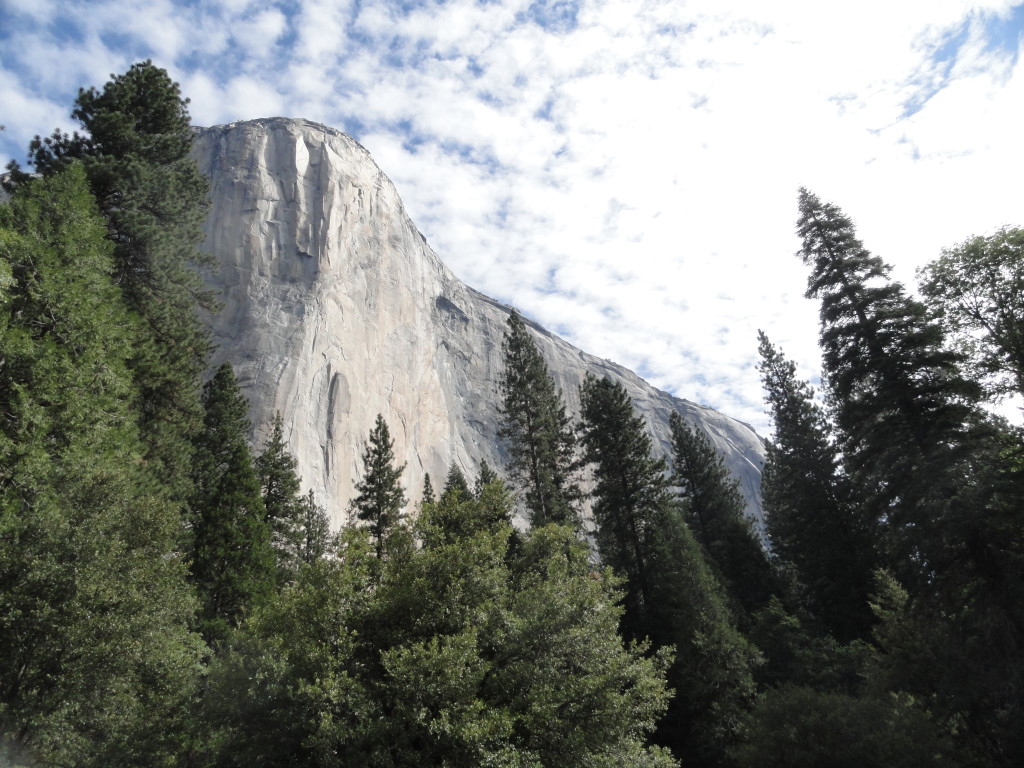
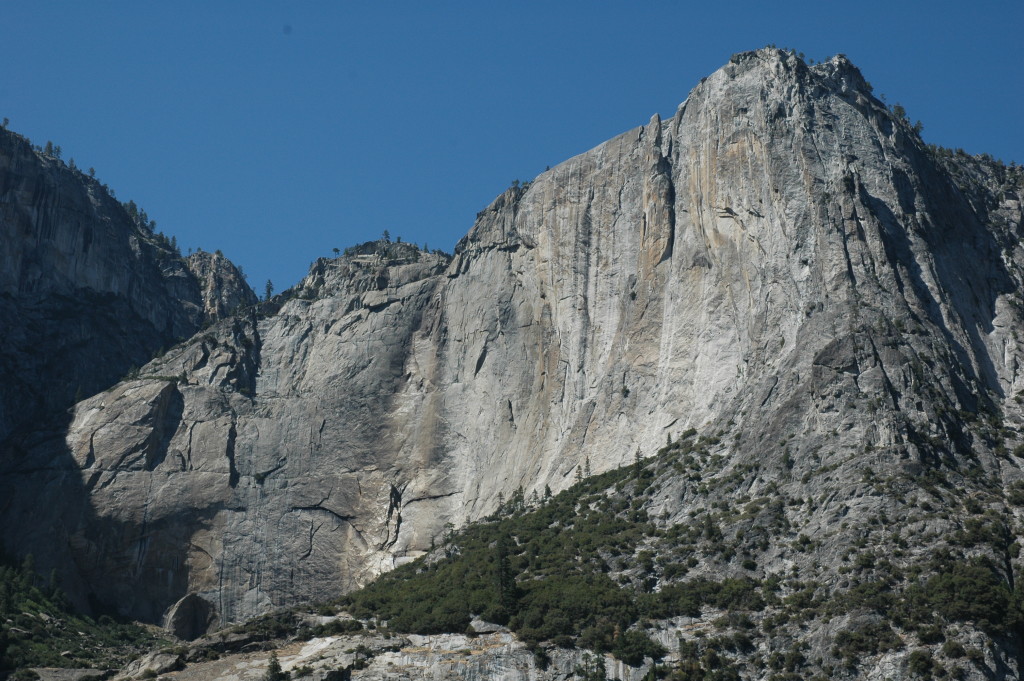
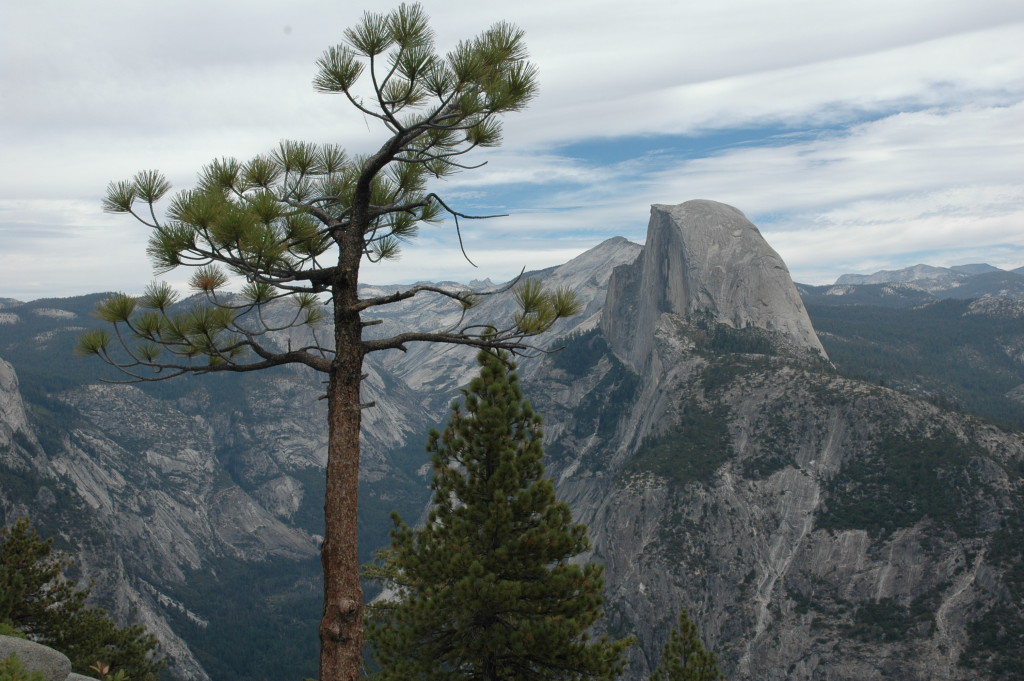

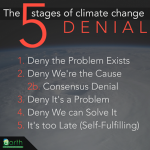 Man-made climate change has been described by scientists and policymakers as one of the greatest challenges of our time. It has also been called a hoax by fossil fuel industry lobbyists and oil-state politicians.
Man-made climate change has been described by scientists and policymakers as one of the greatest challenges of our time. It has also been called a hoax by fossil fuel industry lobbyists and oil-state politicians. 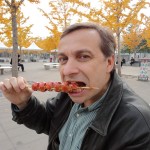 One year ago today I left behind the first half of my life. After more than 30 years as a working scientist I had decided to give up a comfortable salary for a life of (essentially) no income. I would become a poor starving writer.
One year ago today I left behind the first half of my life. After more than 30 years as a working scientist I had decided to give up a comfortable salary for a life of (essentially) no income. I would become a poor starving writer.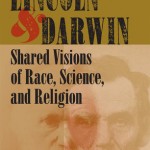 Abraham Lincoln and Charles Darwin were born on the same day, February 12, 1809. Both became icons of change and are will be remembered throughout history for their contributions. The book is subtitled: Shared Visions of Race, Science and Religion. While their views were not so much shared as contrasted, author James Lander deftly flips back and forth between Darwin’s and Lincoln’s lives as they experience their separate travels, coming of age, development of ideas, and eventual breakthroughs into the public eye as they dramatically change history.
Abraham Lincoln and Charles Darwin were born on the same day, February 12, 1809. Both became icons of change and are will be remembered throughout history for their contributions. The book is subtitled: Shared Visions of Race, Science and Religion. While their views were not so much shared as contrasted, author James Lander deftly flips back and forth between Darwin’s and Lincoln’s lives as they experience their separate travels, coming of age, development of ideas, and eventual breakthroughs into the public eye as they dramatically change history.